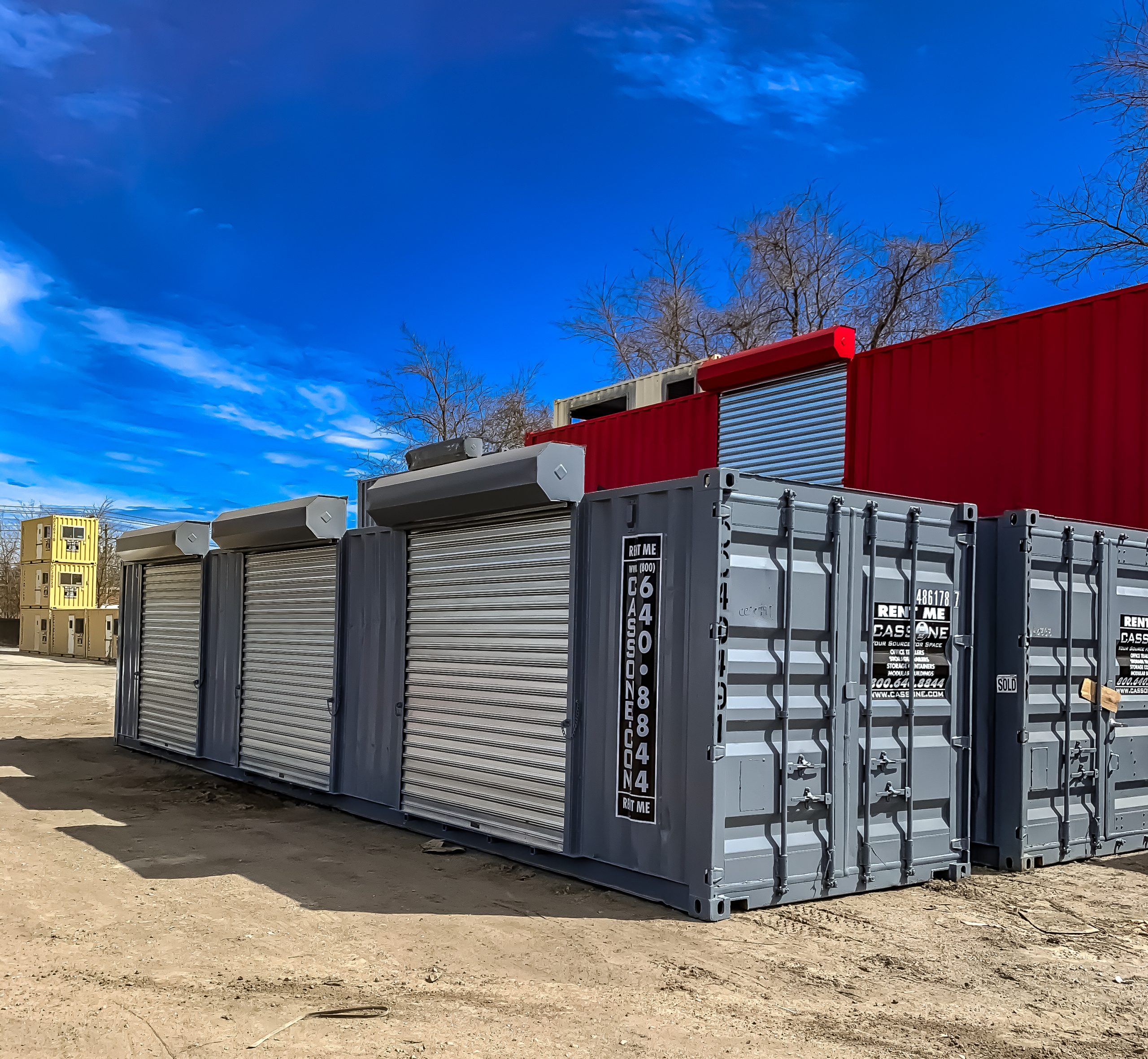 www.apartmentguide.com ```html
www.apartmentguide.com ```html DIY Birdhouse Project: Building a Flat Roof Birdhouse Welcome! This post will guide you through the process of building a simple, yet stylish, flat roof birdhouse. Perfect for attracting feathered friends to your backyard, this project is suitable for beginner woodworkers.
Materials and Tools: Before we begin, gather the following materials and tools:
- Untreated wood (pine, cedar, or redwood recommended):
- One piece 12" x 12" for the base and roof
- One piece 6" x 10" for the front
- One piece 6" x 8" for the back
- Two pieces 6" x 6" for the sides
- Wood glue
- Small nails or screws
- Saw (hand saw or power saw)
- Drill with various sized drill bits (including a bit for the entrance hole)
- Measuring tape or ruler
- Pencil
- Sandpaper
- Clamps (optional, but helpful)
- Exterior paint or sealant (optional, for finishing)
Step 1: Cutting the Wood Using your measuring tape and pencil, carefully measure and mark the wood according to the dimensions listed in the materials section. Precisely cut each piece of wood. Ensure straight cuts for a cleaner finished product.
Step 2: Creating the Entrance Hole On the front piece of wood (6" x 10"), determine the desired location of the entrance hole. A good placement is about 2 inches down from the top edge. Use a drill bit suitable for the type of birds you want to attract. Smaller birds like wrens require smaller holes. Typical sizes range from 1 1/8" to 1 1/2". Drill the entrance hole carefully.
Step 3: Assembling the Sides Apply wood glue to the edges of one of the side pieces (6" x 6"). Position the front piece (6" x 10") so that the side piece forms a right angle. Secure the pieces together with nails or screws. Repeat this process for the other side piece. Use clamps to hold the pieces together while the glue dries for a stronger bond.
Step 4: Attaching the Back Apply wood glue to the edges of the back piece (6" x 8"). Position it against the assembled sides and front to enclose the back of the birdhouse. Secure with nails or screws, ensuring a tight fit. Again, clamps can be helpful here.
Step 5: Adding the Base Apply wood glue to the bottom edges of the assembled box. Position the birdhouse on the base piece (12" x 12"), ensuring it's centered. Secure with nails or screws, driving them through the base and into the birdhouse walls.
Step 6: Installing the Roof This is where the "flat roof" comes to life. Center the remaining piece of wood (12" x 12") on top of the birdhouse structure. Apply wood glue to the top edges of the birdhouse walls. Position the roof piece so that it overhangs the walls equally on all sides (about 3 inches of overhang). Secure the roof with nails or screws.
Step 7: Sanding and Finishing Once the glue is completely dry, sand all the edges and surfaces of the birdhouse to create a smooth finish. This helps prevent splinters and creates a more professional look. If desired, apply an exterior paint or sealant to protect the wood from the elements. Choose a color that blends with the natural environment to avoid scaring away birds.
Step 8: Mounting the Birdhouse Decide on a suitable location for your birdhouse. Ideal spots are sheltered from strong winds and direct sunlight. You can mount the birdhouse on a pole, a tree, or a fence post. Ensure it's securely attached.
Conclusion: Congratulations! You've successfully built your own flat roof birdhouse. With a little patience and effort, you've created a cozy home for local birds. Now, sit back and enjoy watching your new feathered residents move in! Remember to clean out the birdhouse annually after nesting season to keep it a healthy environment for birds.
``` Flats Free Stock Photo
 www.freeimages.com
www.freeimages.com What Is A Flat? Discover If This Rental Option Is Right For You
 www.apartmentguide.com
www.apartmentguide.com Best 20+ Flat Pictures & Images
 unsplash.com
unsplash.com 
![The 14 best storage units in toronto [2022]](https://i0.wp.com/torontoblogs.ca/wp-content/uploads/2022/04/surface-image-cart-with-cardboard-boxes-empty-hall-self-storage-facility-copy-space.jpg) torontoblogs.ca ```html
torontoblogs.ca ```html  www.cassone.com
www.cassone.com  barbaraiweins.com
barbaraiweins.com  tuffshednortherncalifornia.blogspot.com ```html
tuffshednortherncalifornia.blogspot.com ```html  tuffshedcabin.blogspot.com
tuffshedcabin.blogspot.com